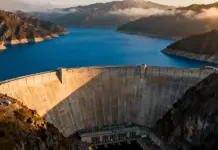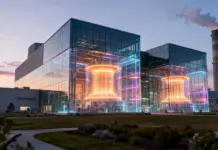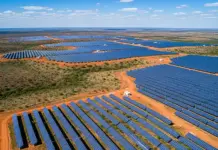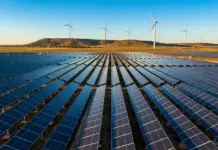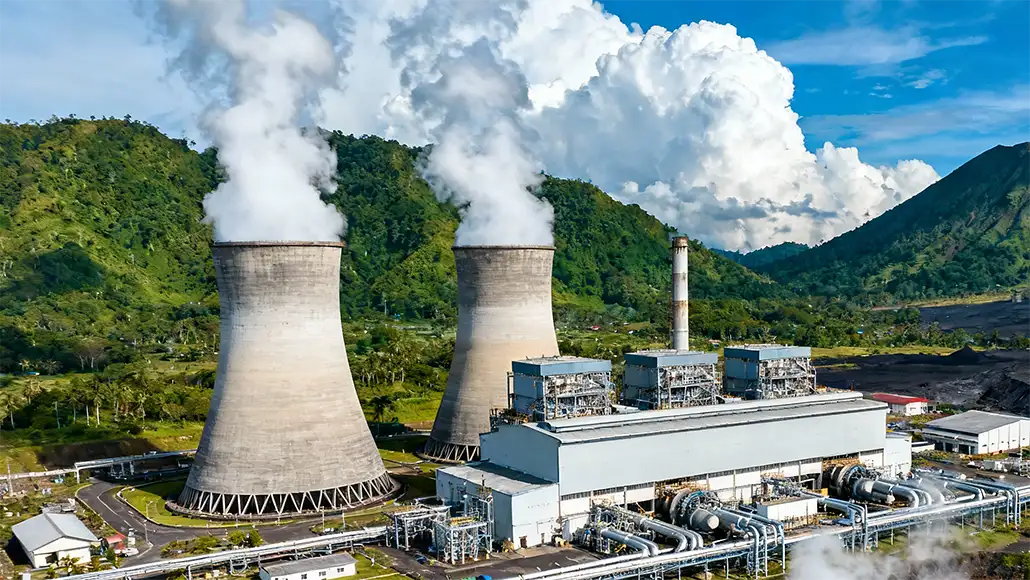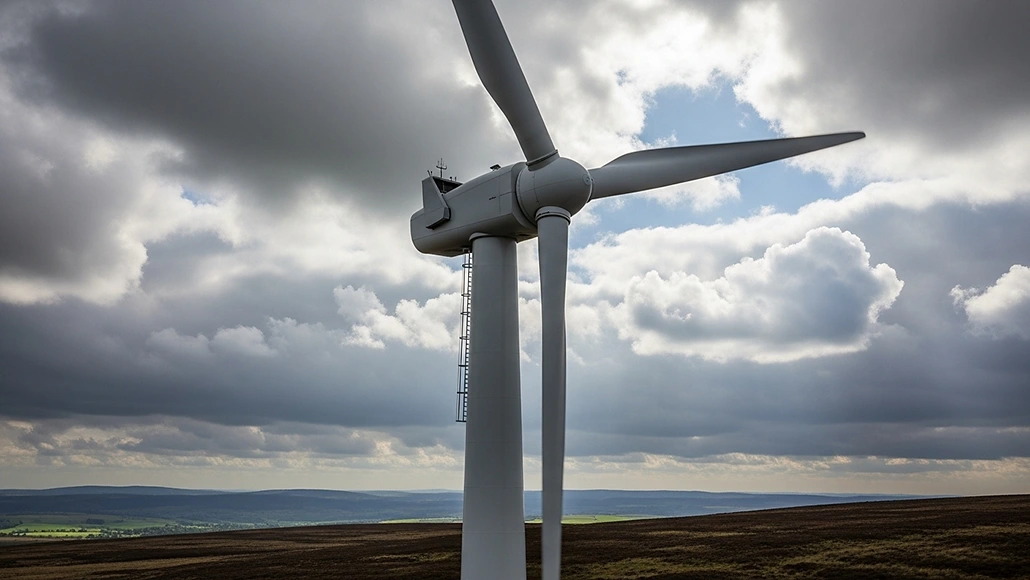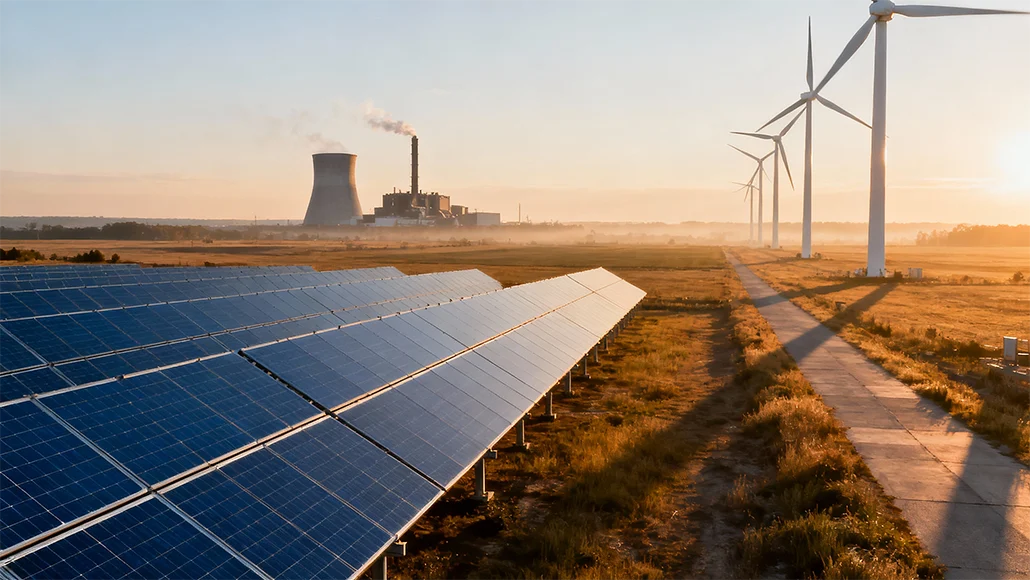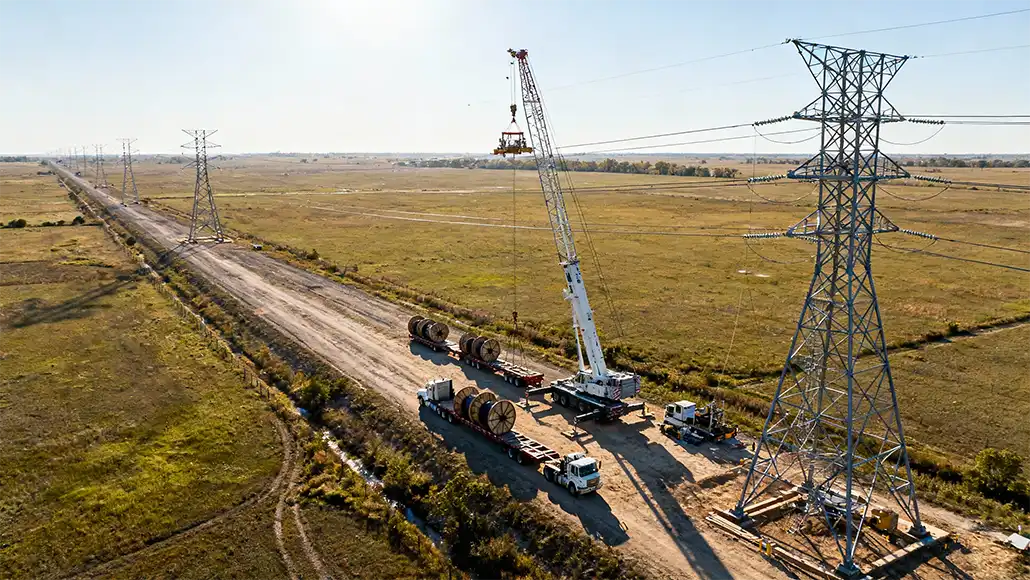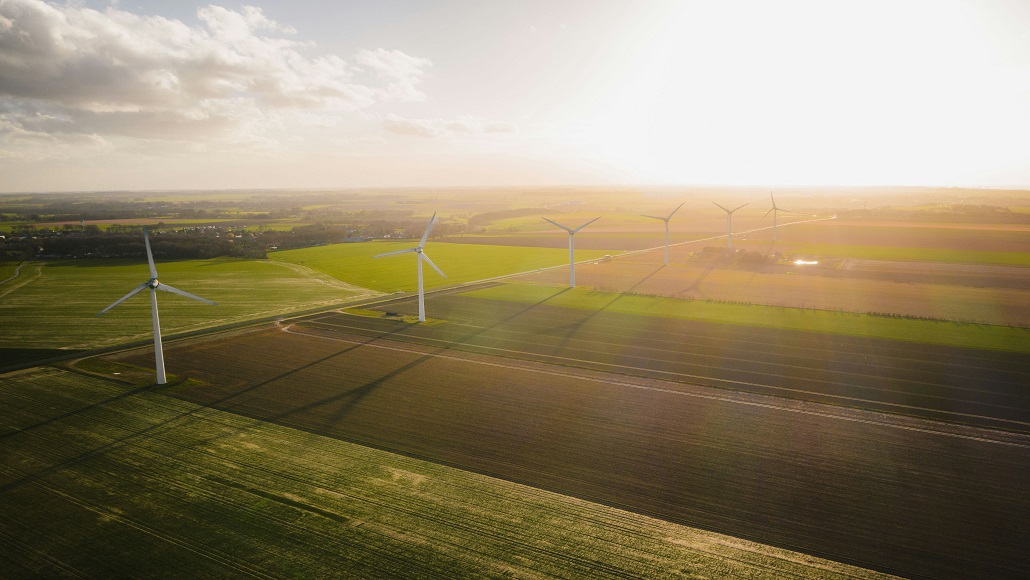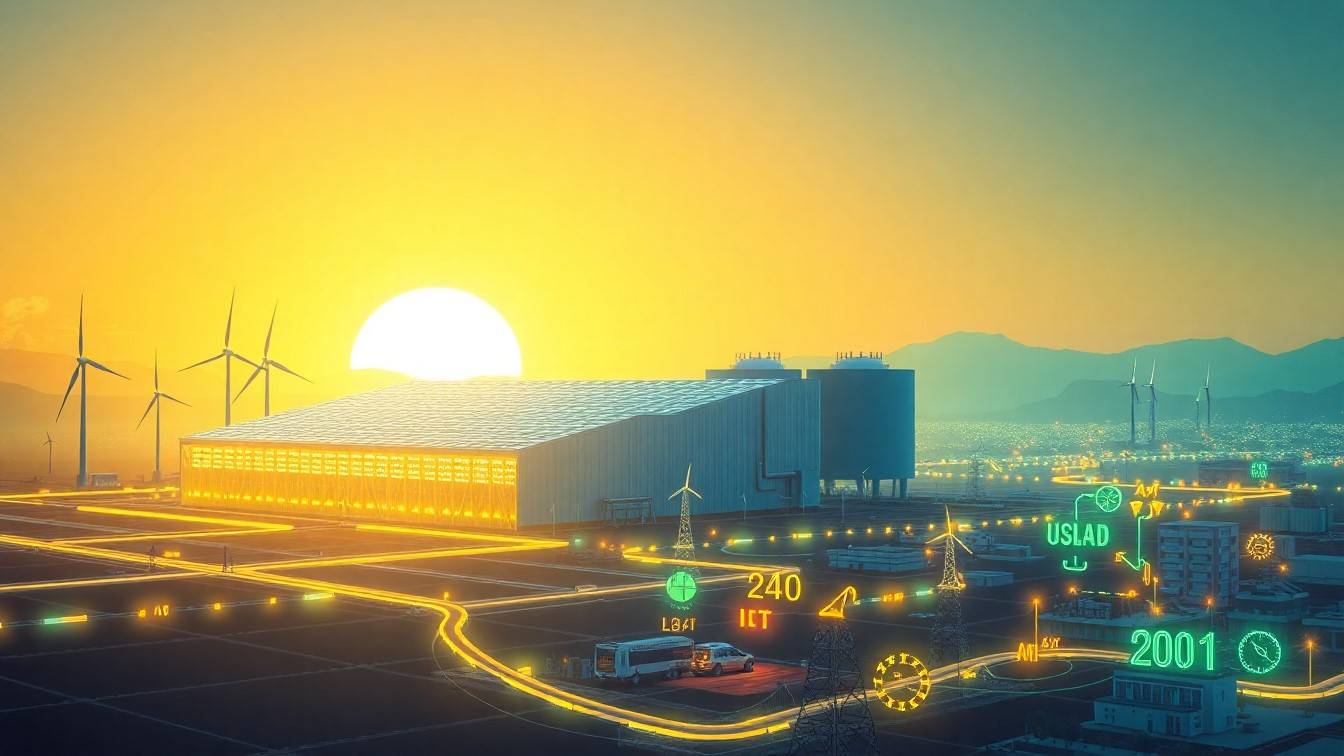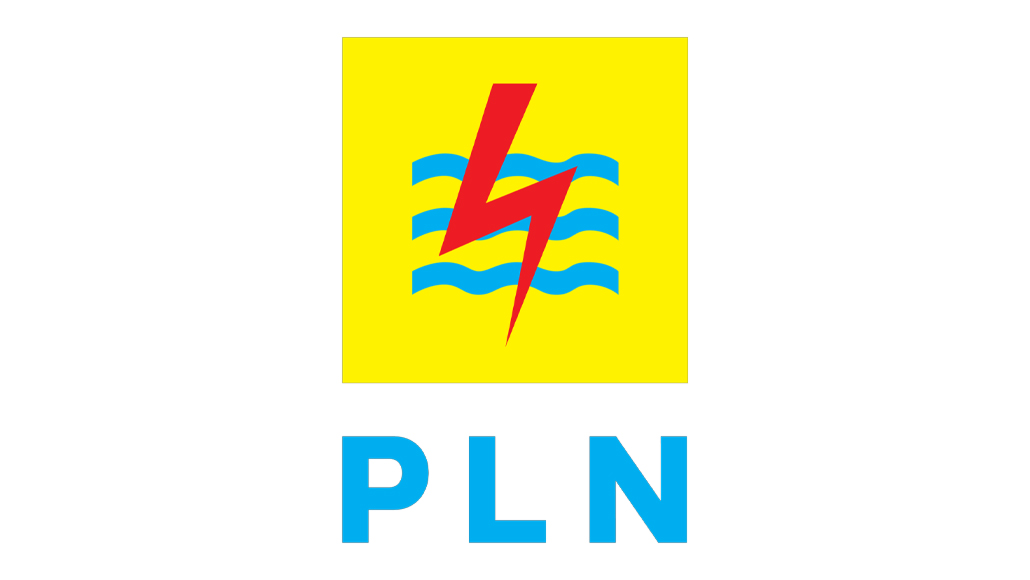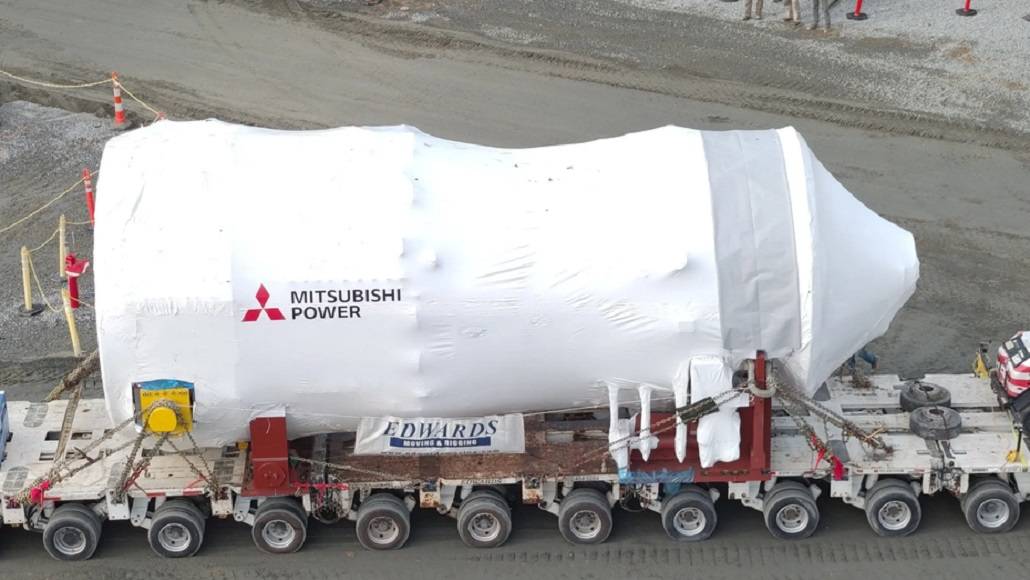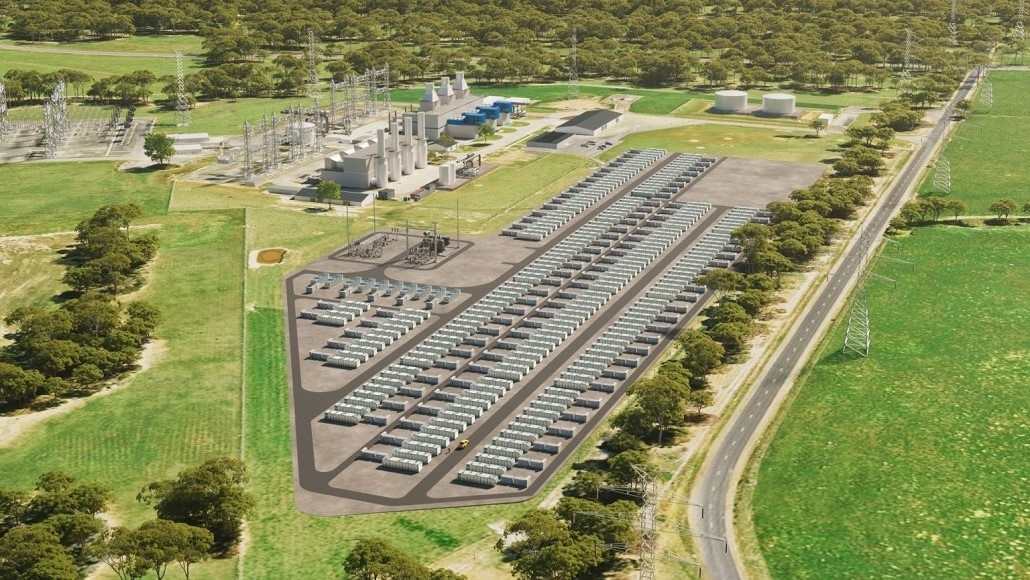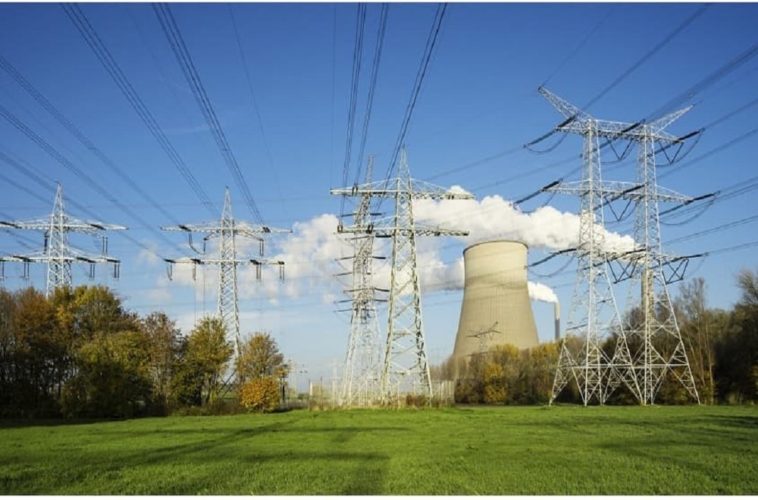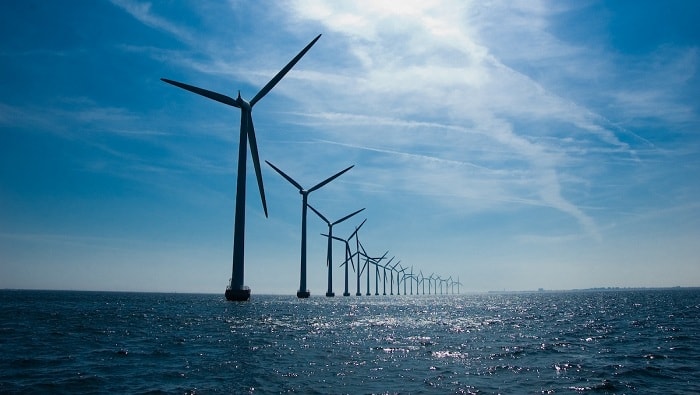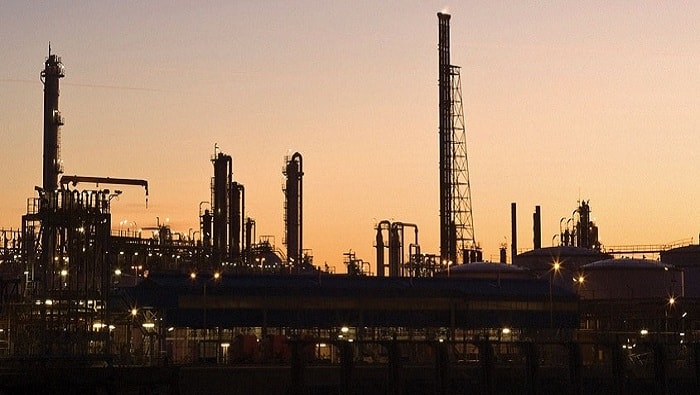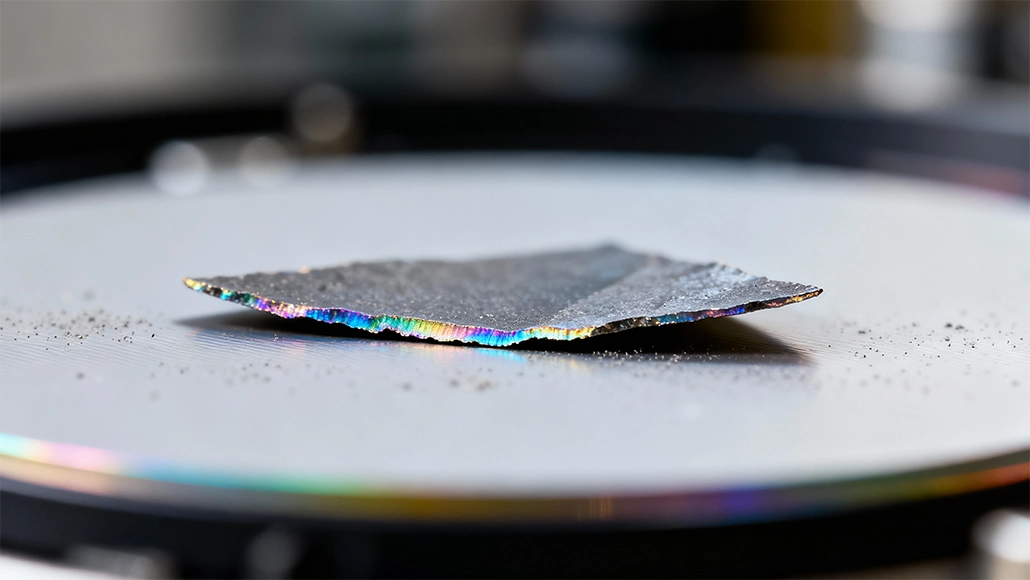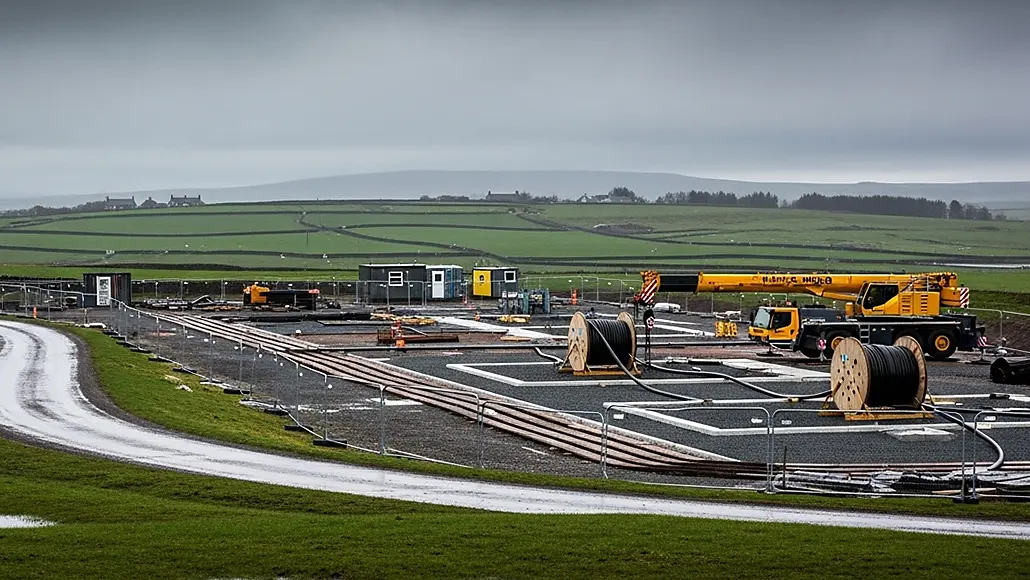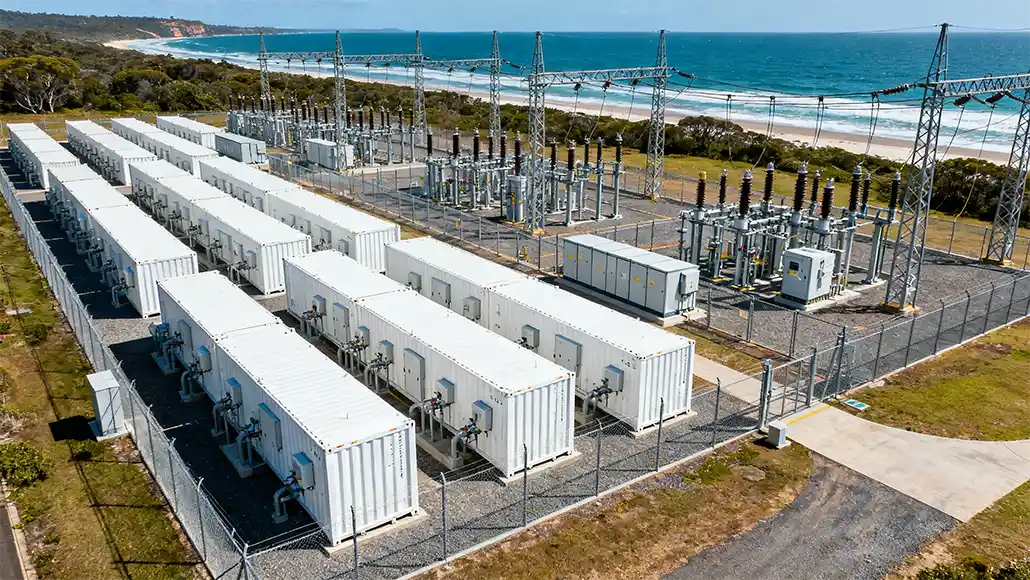The most powerful battery in Australia has injected its full 850-megawatt (MW) capacity into the grid for the very first time as it nears the full commissioning and another step change in how the electricity grid gets managed.
It is well to be noted that the Waratah Super Battery happens to be rated at 850 MW and 1680 MWh.
Although, it is not the biggest battery by storage capacity. That title happens to be held for the moment by the 2,240 MWh Collie battery from Neoen in Western Australia.
However, Waratah Super Battery is the biggest battery by capacity and, as a matter of fact, the biggest of any kind of machine to appear on the grid in Australia.
At 8:30 am on October 10 morning, Waratah went on to inject its full capacity of 850 MW as it conducted the last hold point testing, and then thereafter charged at a rate of 844 MW in the early afternoon.
To give a crystal clear idea of how big Waratah is as compared to any other battery in NSW, that 850 MW discharge happened to be more than any combined discharge of all other eight fully operating batteries put together across the state.
Apparently, the Waratah battery, which is built at the site of the shuttered Munmorah coal plant across the central coast of New South Wales, happens to be designed principally to act as a giant shock absorber; however, its presence points to the basic changes on a grid that happens to be now focused on maximum agility and dealing with the rising complexity.
That primary role of being a shock absorber will enable the main transmission lines feeding into the biggest load centers of the state – Sydney, Newcastle, and Wollongong—to run at a much higher capacity. Waratah is going to be on standby, ready in order to react in an instant should there be a fault or disturbance.
To add to the intricate scenario, the shock absorber contract for Waratah happens to be linked with three other facilities – the Sapphire wind farm, the Metz solar farm, and the Tumut pumped hydro generator, which is also going to respond should Waratah have to step in.
The fact is that the contract is also sculpted, which means that at times Waratah will be required to make available 700 MW and 1,400 MWh of capacity and may have less capacity at other times. It is going to trade the rest of the capacity of the battery on the open market.
However, the sheer scale of Waratah’s power as well as its speed of response may also go on to offer some reassurance to the Australian Energy Market Operator in a scenario where it needs to deal with a dearth of reserve conditions or may be a sudden loss of a significant generation unit, which happens to be quite a worry in the summer heat.
Waratah, apparently, happens to be the most powerful of almost 50 big batteries that are operating or working their way by way of their commissioning process across Australia.
It is not just new technologies that are entering the market, but it is also about new market players. Akaysha Energy, the owners of Waratah, literally came from nowhere to go ahead and win that contract, and it is now also commissioning smaller Brendale and Ulinda Park batteries based in Queensland and also building the 415 MW, 1660 MWh Orana battery in New South Wales.
It has also been announced as a winner when it comes to underwriting agreements under the Capacity Investment Scheme for a new battery based at Victoria, Deer Park, and also an extension of the Ulinda Park battery.


